On the scale of the Universe, humanity is not even a speck.

This vertically oriented logarithmic map of the Universe covers nearly 20 orders of magnitude, taking us from planet Earth to the edge of the visible Universe. Each large “mark” on the scale bar on the right side corresponds to an increase in distance scales by a factor of 10.
We are each only a tiny fraction of our own planet: Earth.
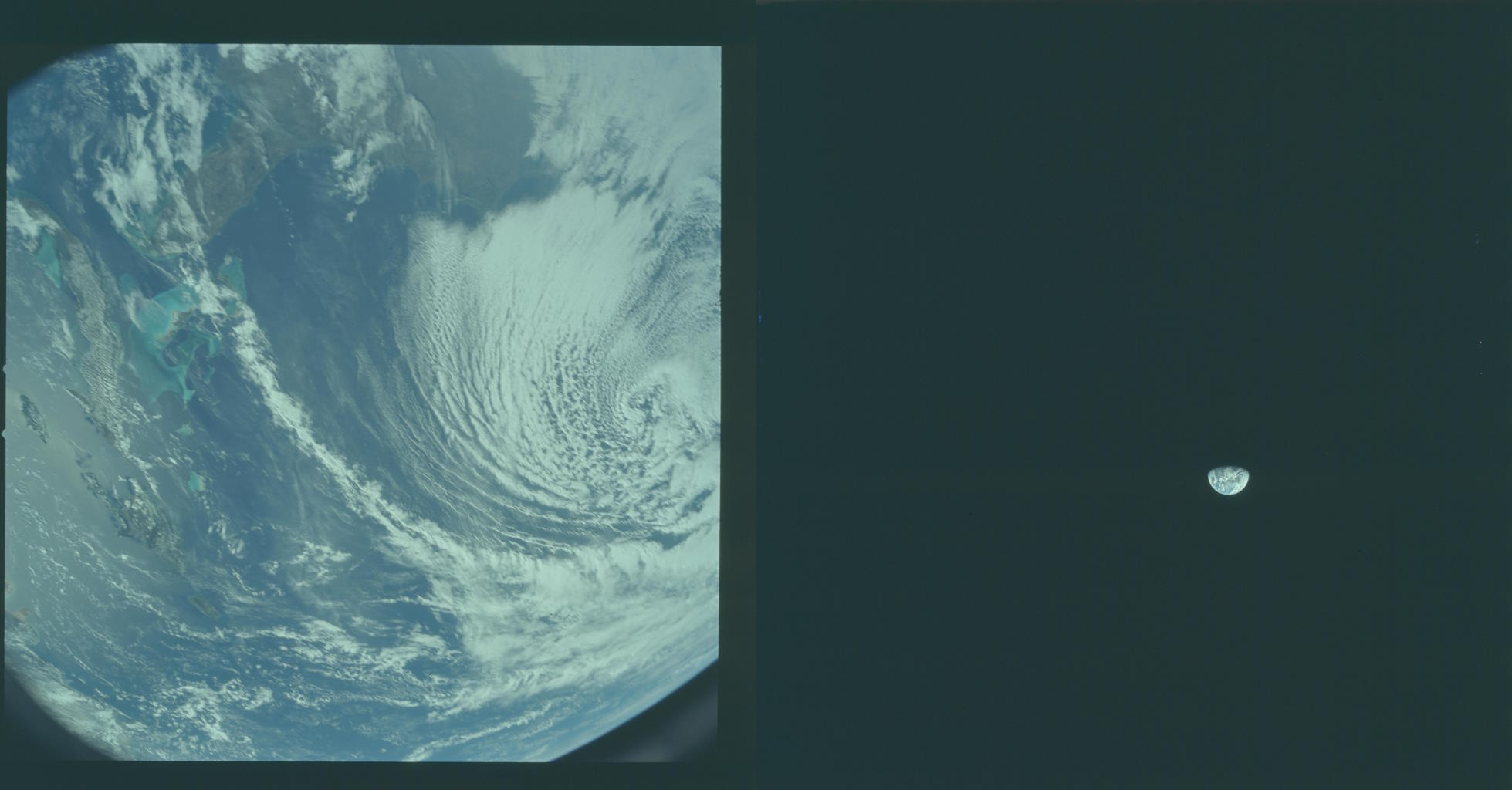
The Apollo 8 astronauts were the first humans to travel far enough from our planet to see the Earth in its entirety. Here, the closest (left) and farthest (right) images of Earth are shown as they were taken with the same Hasselblad camera. Except for the three humans currently on board, all of humanity is confined to the pale blue dot on the right.
It would take almost as many humans as Avogadro to equal the mass of the Earth.
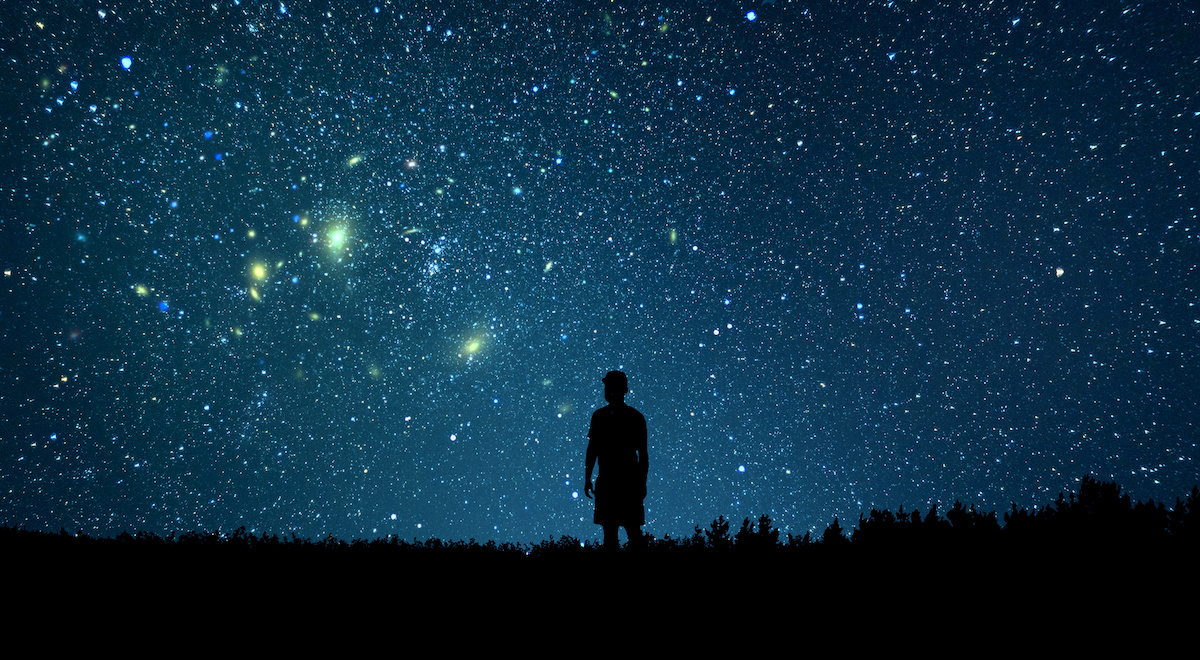
Under ideal dark sky conditions, the human eye can see up to 6,000 stars at a time, and up to 9,000 stars in total if it could see the entire sky at once, without being blocked by the Earth itself. Compared to Earth, at about 6 septillion kilograms, the 8 billion human beings combined are just a drop in the ocean of the total mass of planet Earth.
Earth is just a small planet orbiting our Sun: one of about 400 billion stars in the Milky Way.
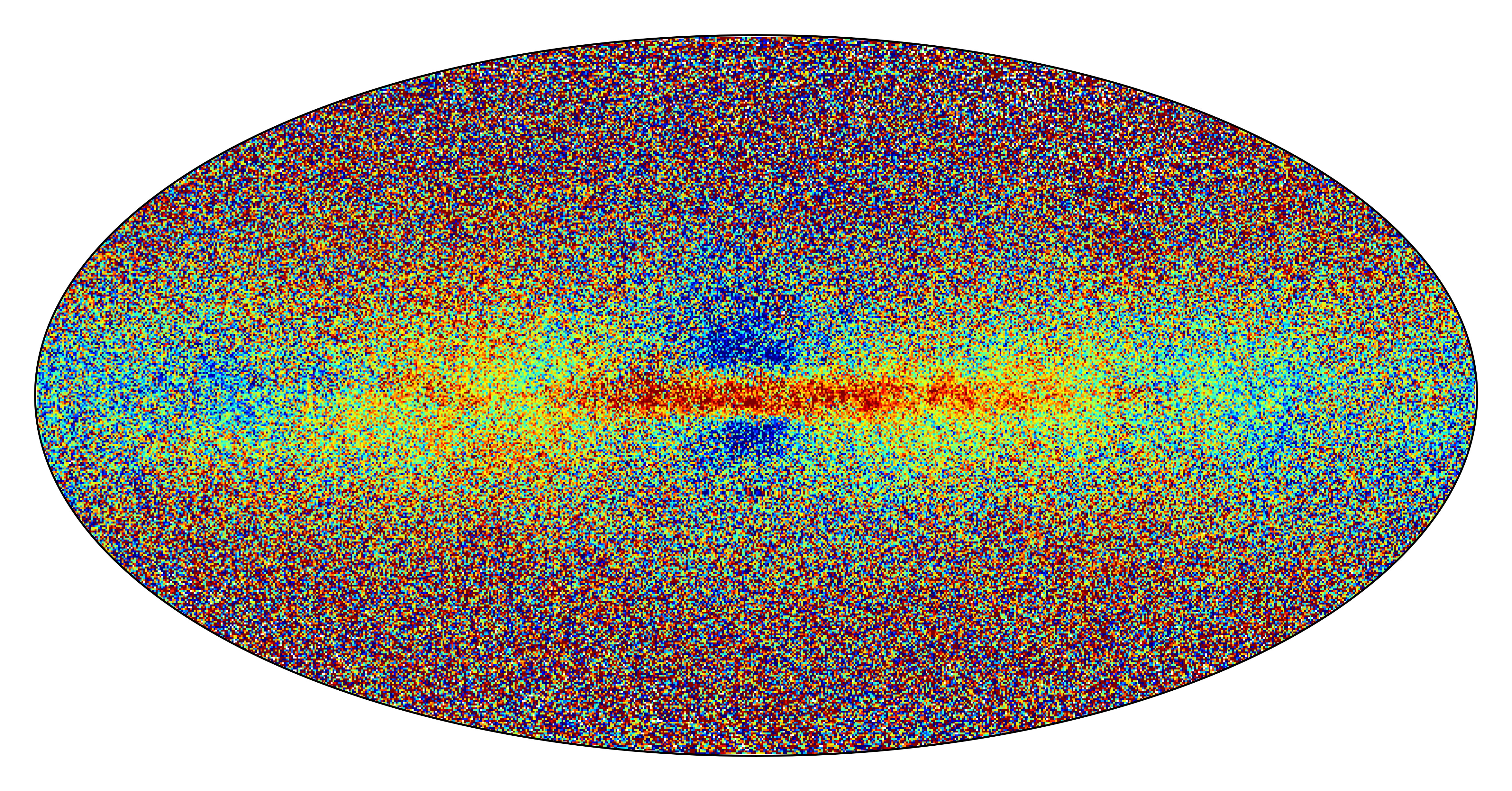
This color map shows the heavy element concentration of over 6 million stars in the Milky Way. Stars in red, orange, and yellow are all rich enough in heavy elements to support planets. Stars in green and cyan are expected to have planets only rarely, and stars in blue or purple are expected to have no planets at all. Note that the central plane of the galactic disk, which extends all the way to the galactic core, has the potential to support habitable rocky planets. This map shows less than 0.01% of the stars in our galaxy.
Our Milky Way is the second galaxy after Andromeda within our Local Group of galaxies.
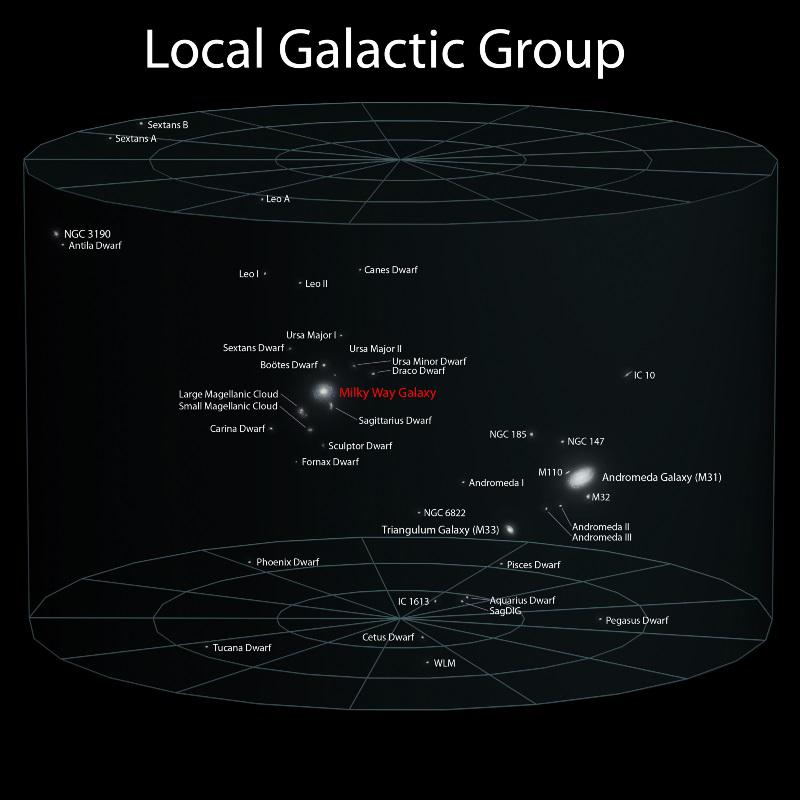
Our Local Group of galaxies is dominated by Andromeda and the Milky Way, but there is no denying that Andromeda is the largest, followed by the Milky Way in second, Triangulum in third, and the LMC in fourth. At just 165,000 light-years away, it is by far the closest to our own of the top 10 galaxies, and as such, it occupies the largest angular extent of the sky of any galaxy outside the Milky Way. There are over 100 galaxies within the Local Group, but Andromeda and the Milky Way contain most of the stars, as well as most of the mass.
Beyond the Local Group, much larger, richer, and more massive groups and clusters of galaxies abound.
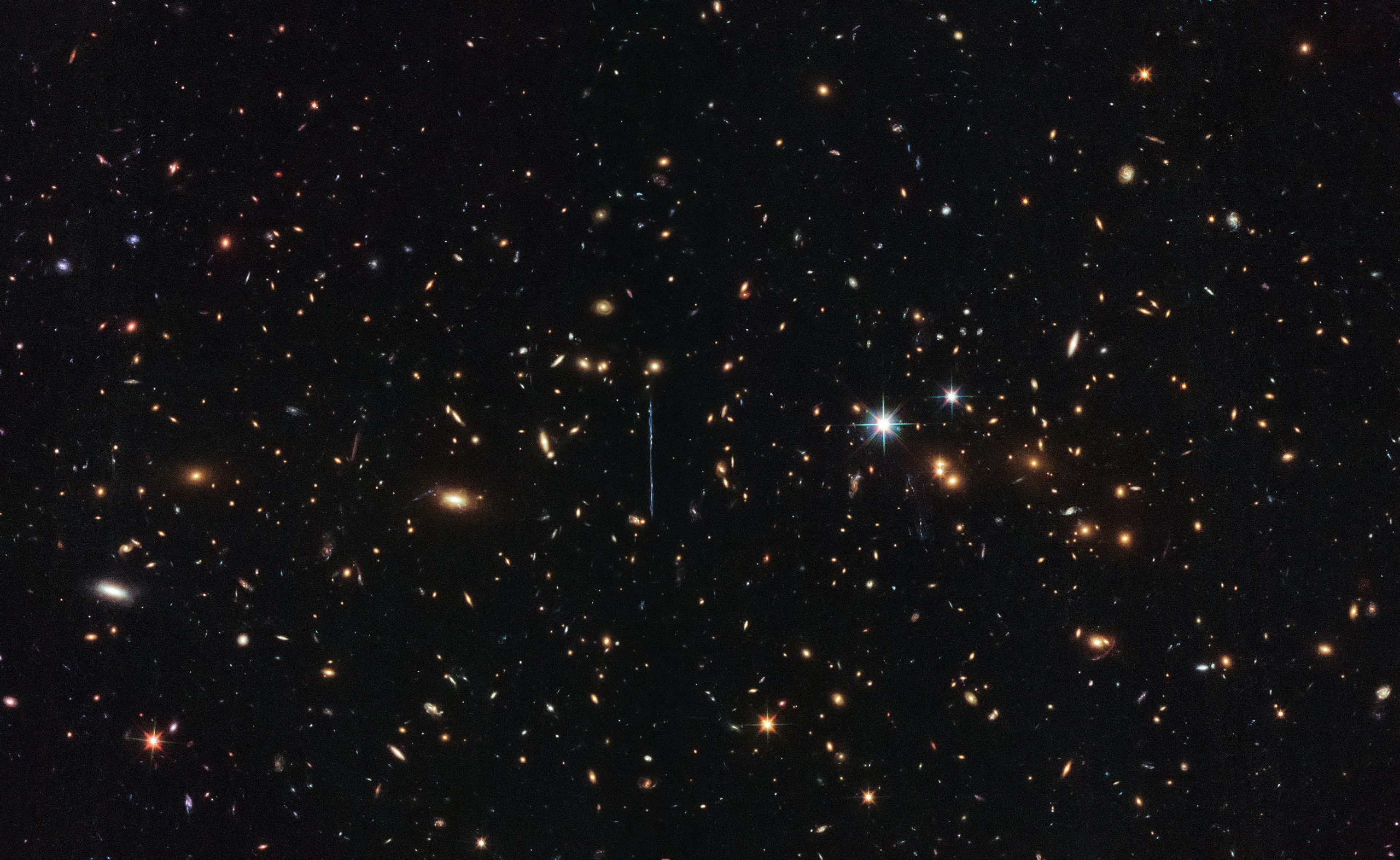
This 2014 Hubble composite image of the colliding galaxy cluster El Gordo shows the most massive galaxy cluster ever discovered in the first half of our cosmic history. Officially known as ACT-CLJ0102-4915, it is the largest, hottest, and brightest X-ray cluster of galaxies ever discovered in the distant Universe, containing several thousand times the mass of the Local Group.
In total, billions of galaxies are scattered throughout the expanding observable Universe.
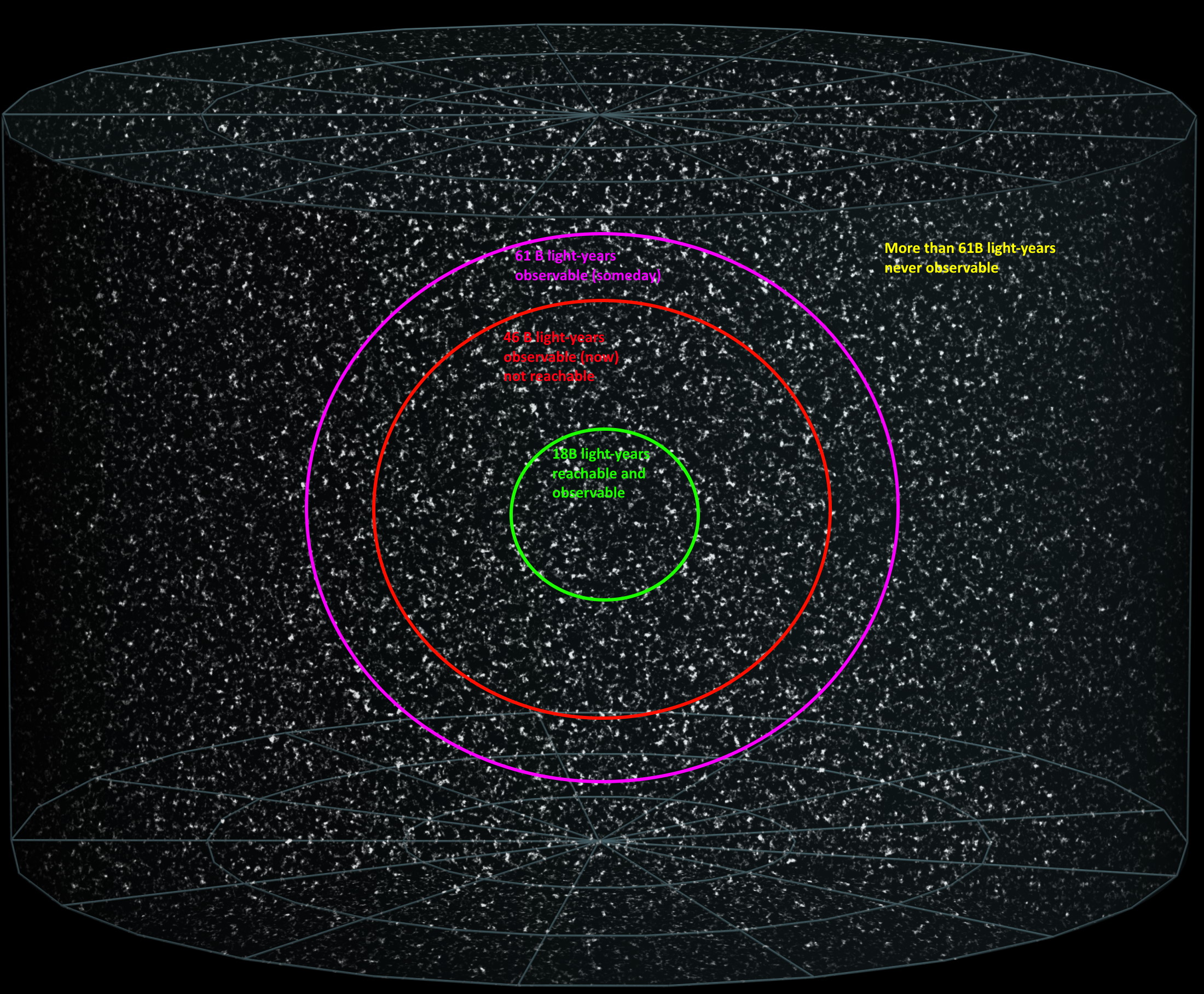
In a Universe that will be dominated by dark energy, there are four regions: one where everything is accessible, communicable, and observable, one where everything is observable but inaccessible and incommunicable, one where things will one day be observable but are not today, and one where things will never be observable. The numbers given correspond to our consensus cosmology in 2024, with boundaries of 18 billion light-years, 46 billion light-years, and 61 billion light-years separating the four regions. On scales of about 10 billion light-years and larger, the Universe is almost perfectly uniform.
Due to dark energy, news of humanity’s greatest feats will almost never reach all of them.
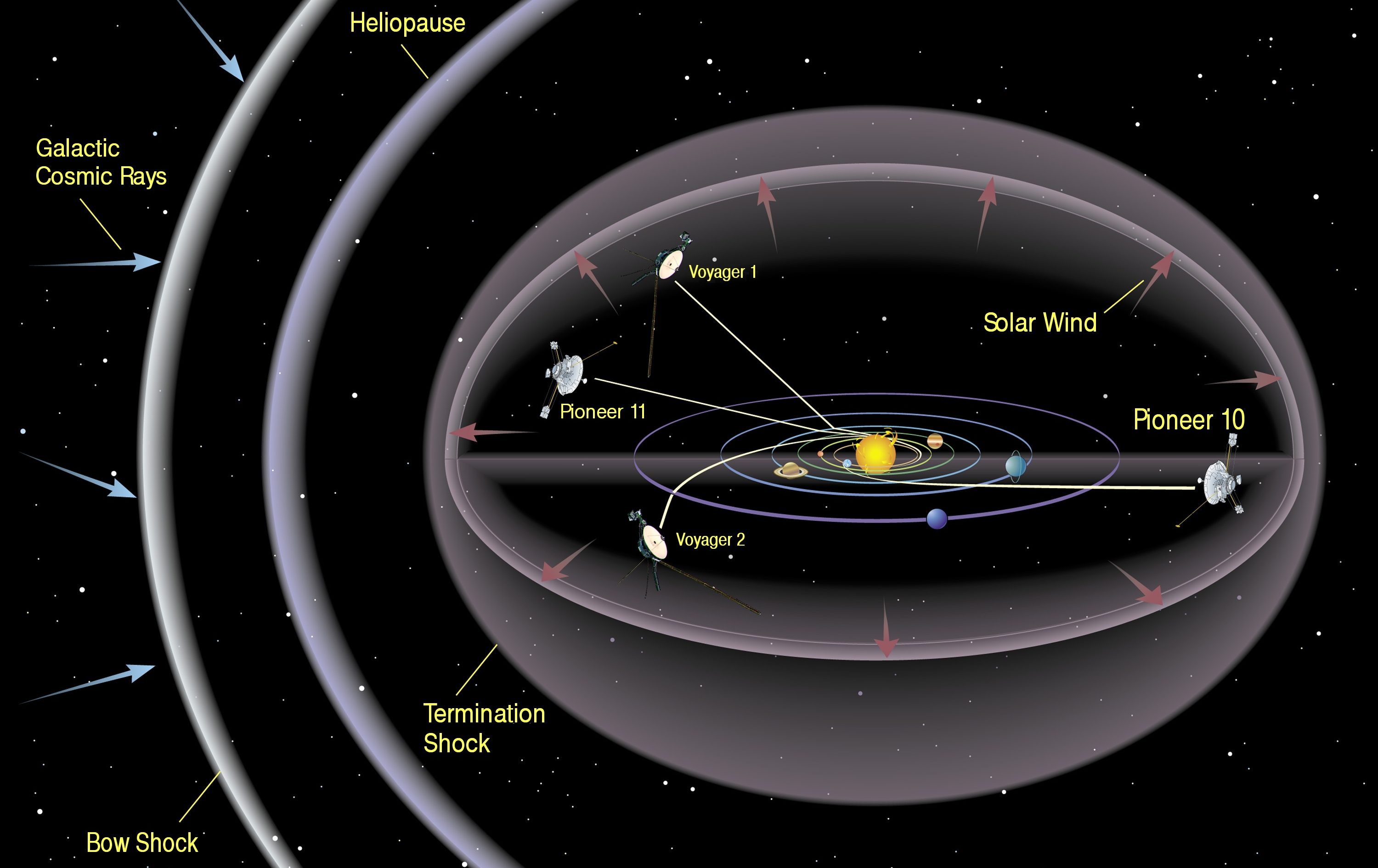
This 1997 artwork shows the planets of the solar system and the relative trajectories of the first four spacecraft on their way out of the solar system. In 1998, Voyager 1 passed Pioneer 10, and in 2012 it passed the heliopause and entered interstellar space. Voyager 2 entered interstellar space in 2018 and recently passed the distance of Pioneer 10 in 2023. So we strongly suspect that Pioneer 10 is also in interstellar space, but it is no longer functional, so we cannot make the critical measurements needed to make such a determination.
And yet, seen from a different perspective, we are truly remarkable.
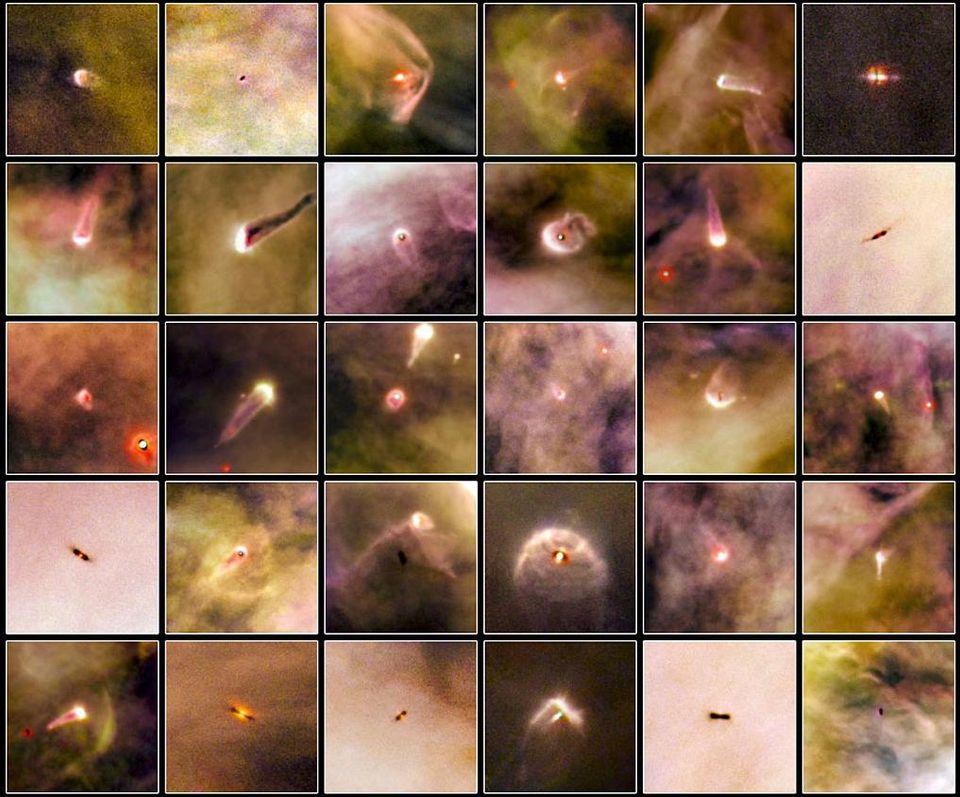
30 protoplanetary disks, or proplyds, imaged by Hubble in the Orion Nebula. Hubble is a brilliant resource for identifying these disk signatures optically, but it has little power to probe the internal features of these disks, even from its position in space. Radio telescopes like ALMA, as well as infrared observatories like the VLT and JWST, are far superior at measuring these details. Planets are largely born from protoplanetary disks, but different mechanisms could be responsible for different planet formation scenarios at different distances from the parent star.
We inhabit a rocky world, formed from ancient stellar ashes.
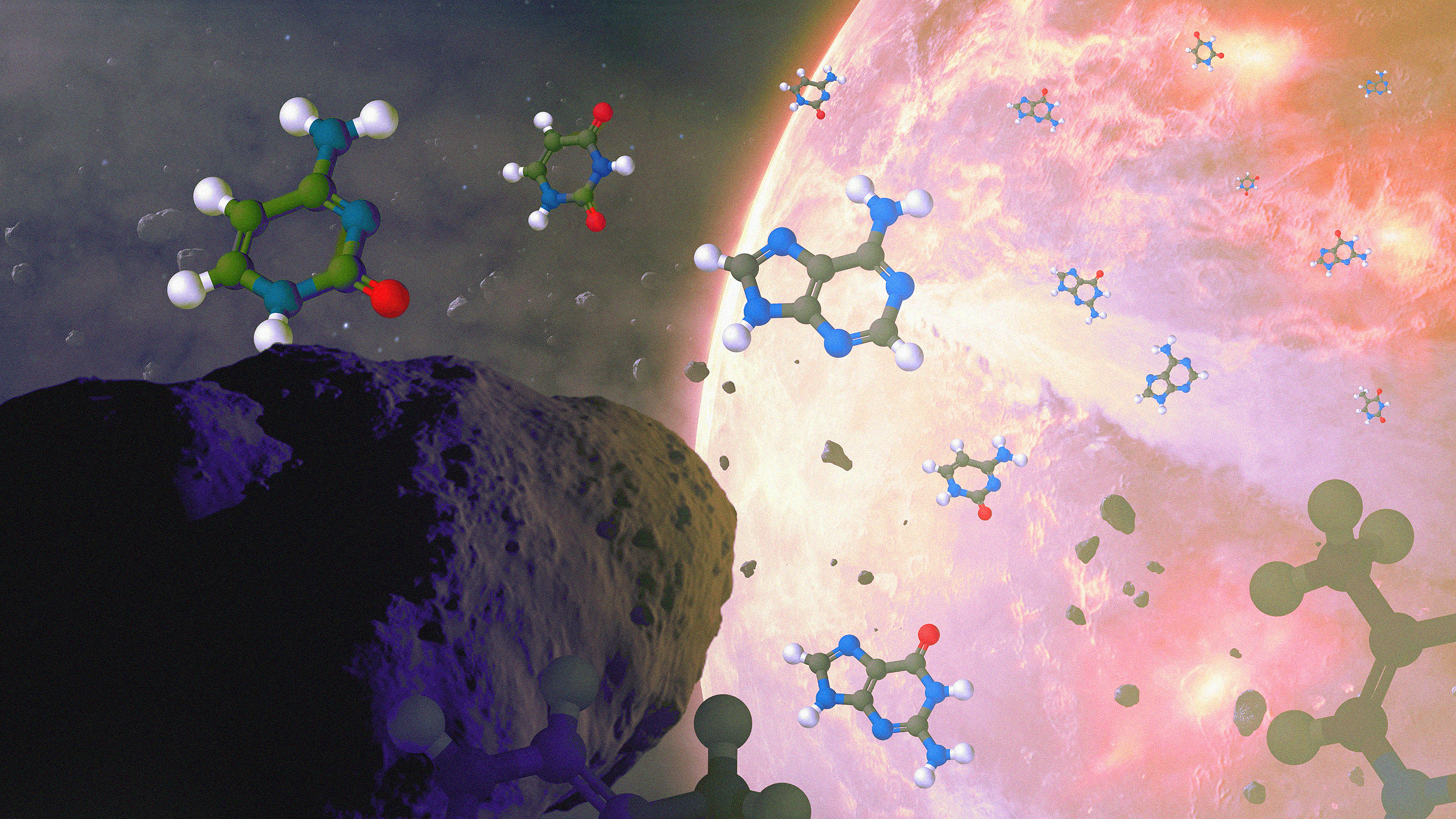
This conceptual image shows meteorites delivering the five nucleobases used in life processes on ancient Earth. All of the nucleobases used in life processes, A, C, G, T, and U, have now been found in meteorites, along with over 80 species of amino acids: far more than the 22 species known to be used in life processes here on Earth. Similar processes have probably occurred in the star systems of most galaxies throughout cosmic history, delivering the raw ingredients of life to all sorts of young worlds.
For about 4 billion years, continents and oceans have persisted on the Earth’s surface.
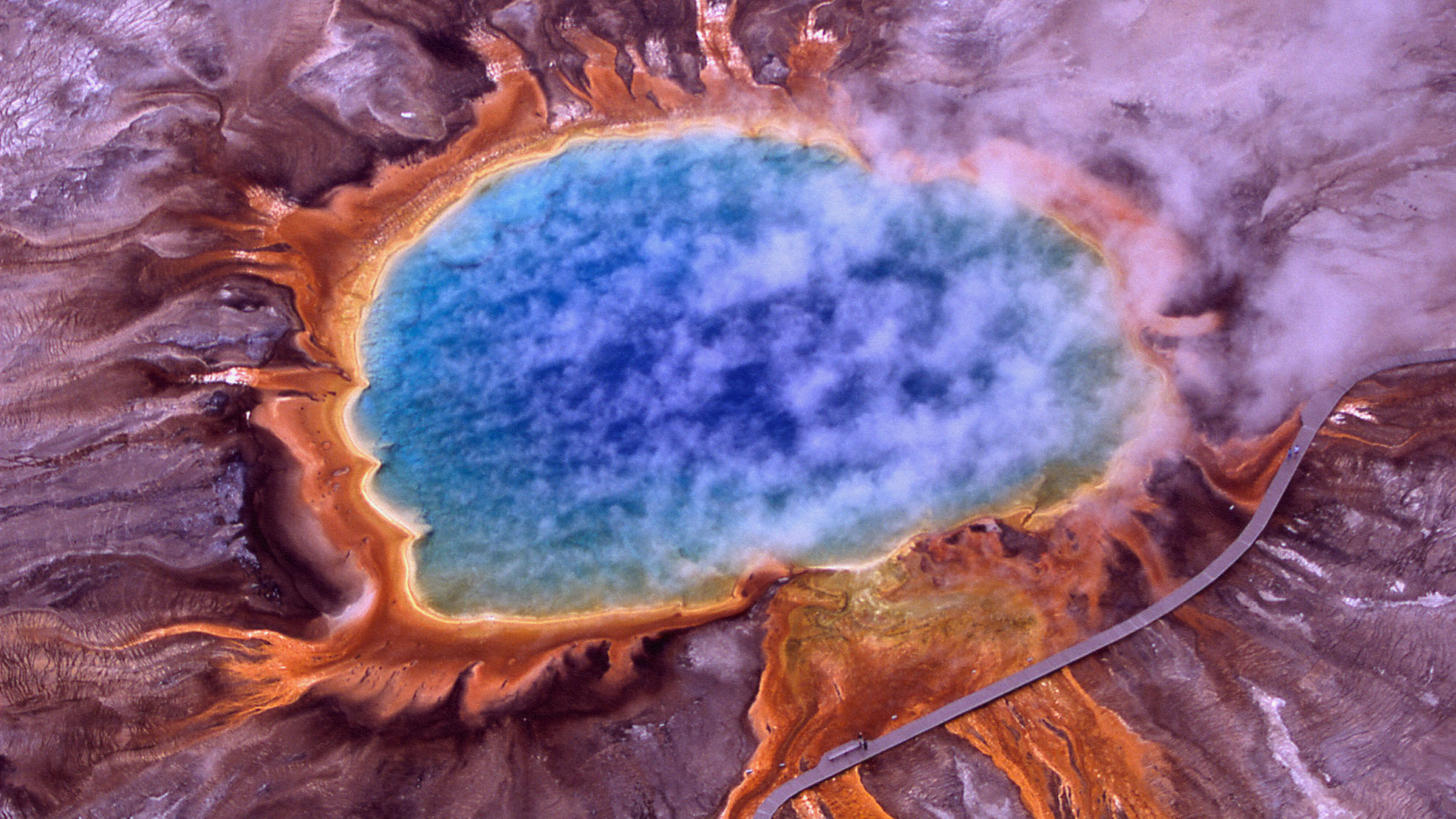
This aerial view of Grand Prismatic Spring in Yellowstone National Park is one of the most iconic hydrothermal vents on Earth. The colors are due to the diverse organisms living in these extreme conditions and depend on the amount of sunlight reaching different parts of the vents. Hydrothermal fields like this are among the best candidates for life on a young Earth and may support abundant life on a variety of exoplanets.
Life appeared on Earth very early and has survived and thrived ever since.

This scanning tunneling electron microscope image shows a few specimens of the cyanobacterium species Prochlorococcus marinus. Each of these organisms is only about half a micron in size, but together, cyanobacteria are largely responsible for creating Earth’s oxygen: both initially and largely still today. Like all bacteria, their lifespan is much shorter than that of a human, and although cyanobacteria are relatively primitive organisms, they are “only” 2.7 billion years old, while life on Earth goes back more than a billion years, at least further than that.
Multicellularity, sexual reproduction, complexity and high levels of differentiation eventually emerged.
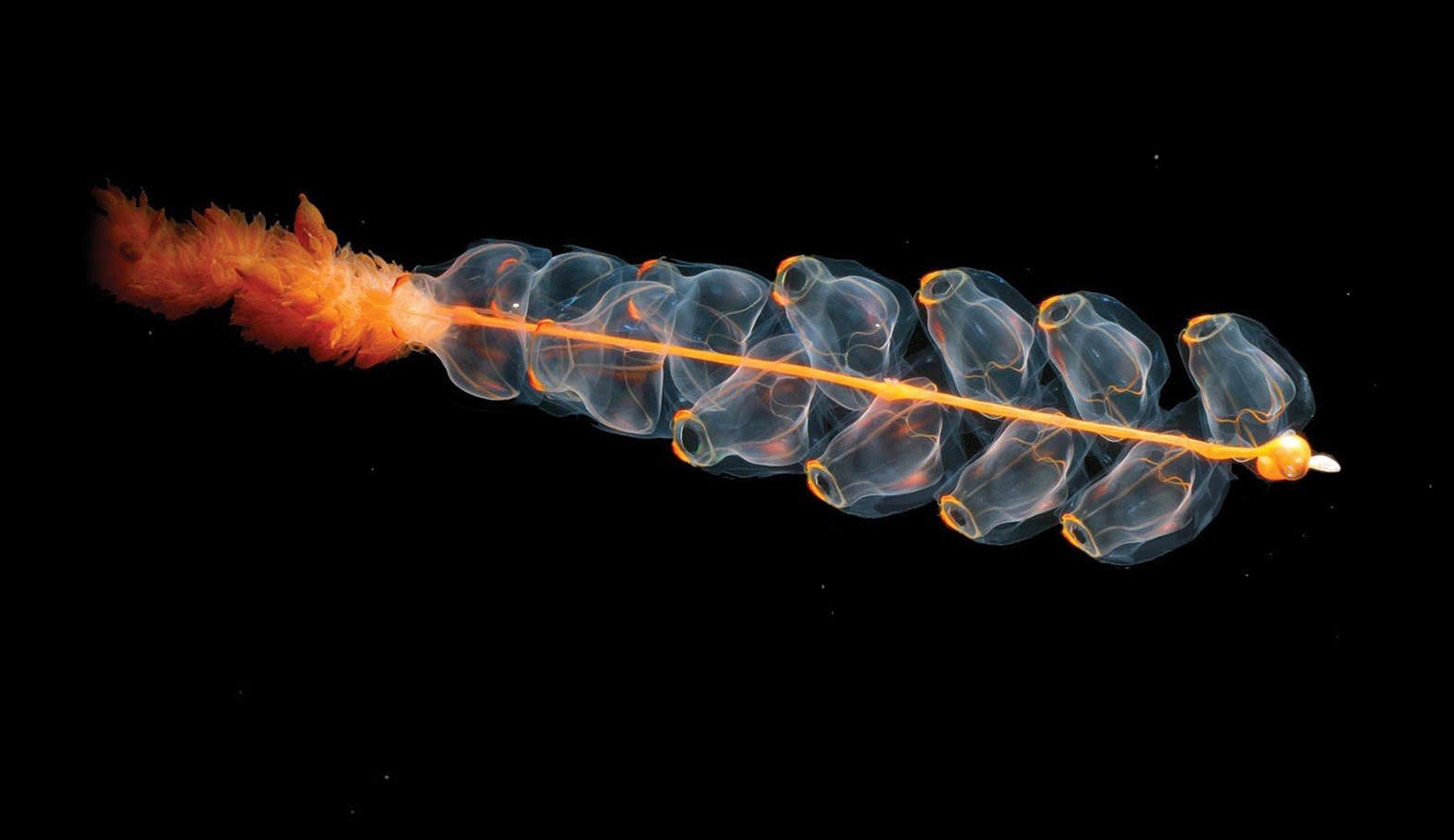
A fascinating class of organisms known as siphonophores are themselves a collection of small animals that work together to form a larger colonial organism. These life forms lie on the borderline between a multicellular organism and a colonial organism. The ability of individual life forms to combine characteristics such as multicellularity, complexity, and high levels of differentiation has led to the explosive diversity of life that has abounded on Earth over the last 500 million years.
There is one organ in us that powers “thought” like no other: the human brain.

This drawing shows a variety of human, monkey, and ape skulls from a variety of extant species. Older apes have smaller cranial capacities and smaller brains than humans, but stronger jaws, on average, by far. In order for large brains to develop, jaws had to weaken: a loss-of-function adaptation. Modern humans have the highest encephalization quotient of any known animal, followed by dolphins and then, a distant second, chimpanzees and some birds.
After 13.8 billion years, civilized humans finally understand our Universe.
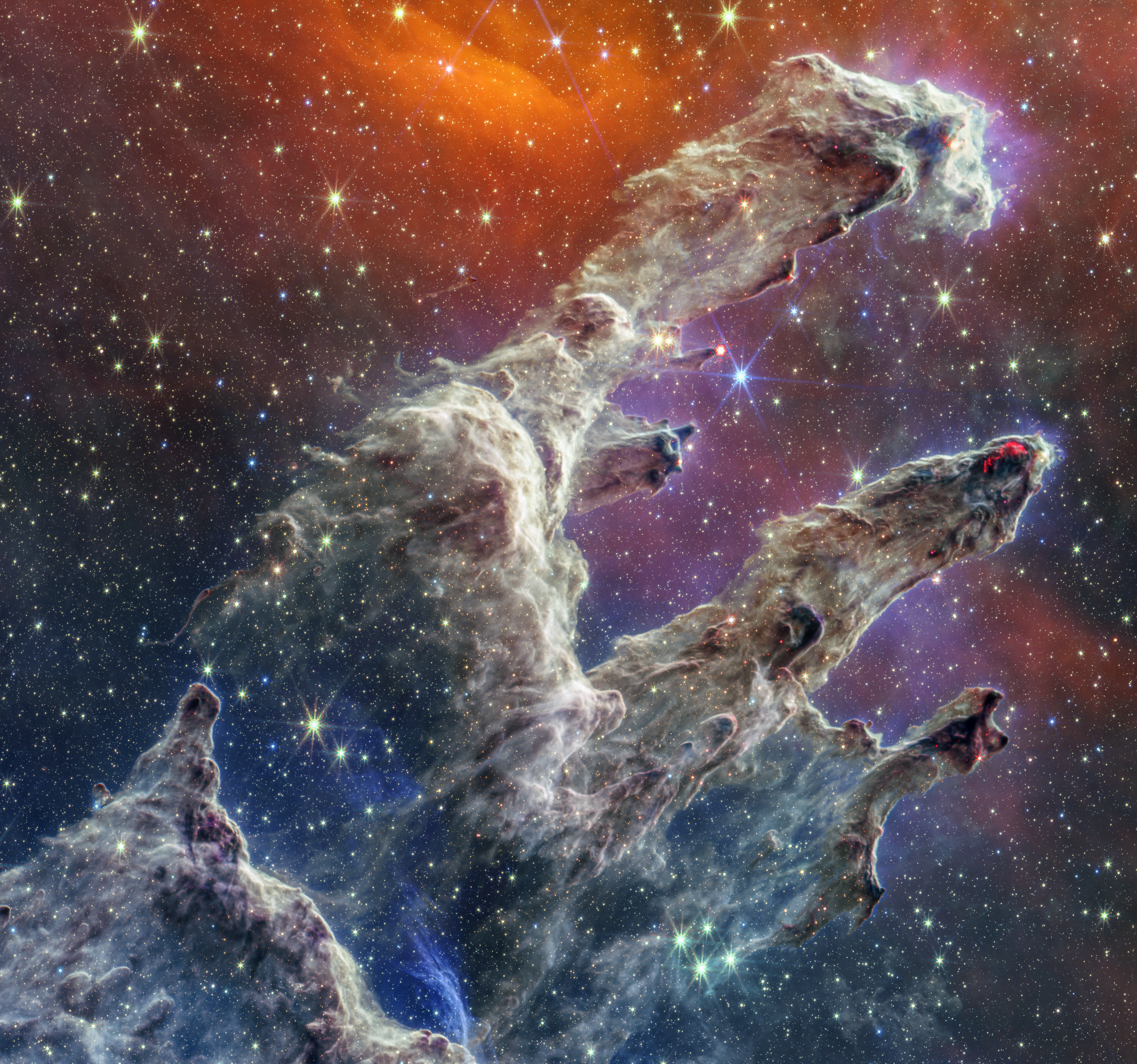
This colorful view of the Pillars of Creation draws on a vast array of JWST data, highlighting the tenuous and transient nature of these neutral gas features. Stars form in nebulae like this, but once the gas evaporates, all they can do is burn their fuel until they die.
Humanity’s imagination, creativity and intelligence remain unmatched.
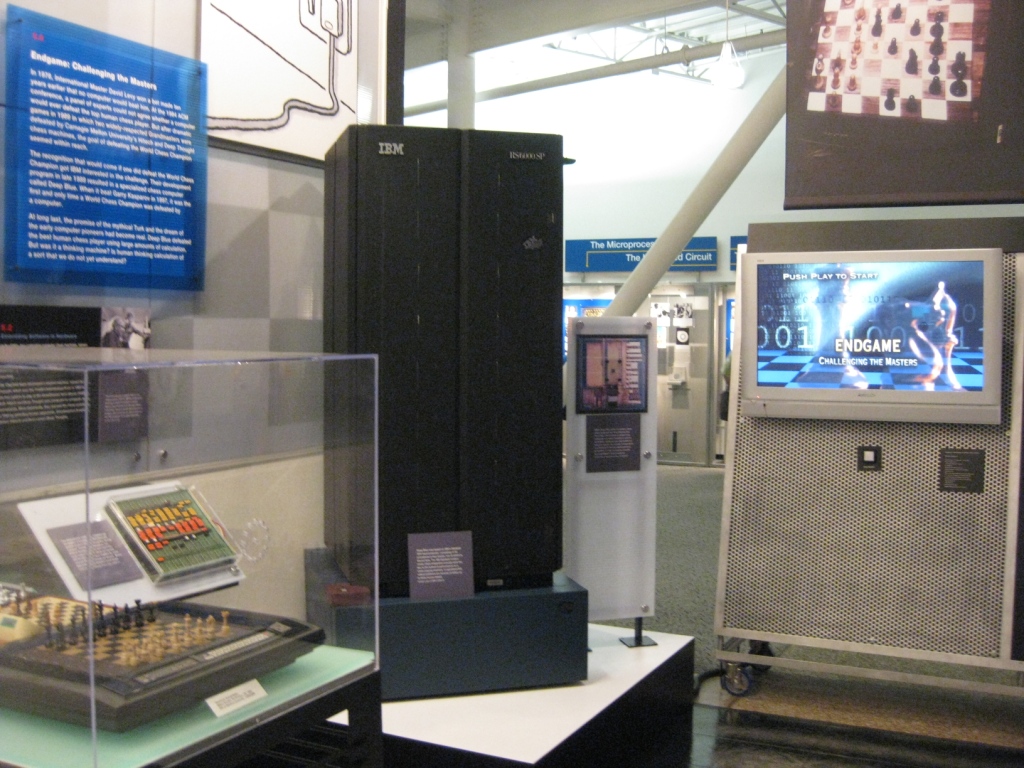
This museum exhibit features Deep Blue: the computer that first defeated a reigning world chess champion in a game of chess, defeating Garry Kasparov. Not since Ruslan Ponomariov defeated Fritz in 2005 has a human defeated a top-level computer in a game of classical chess.
Maybe one day we will appreciate our accomplishments enough.

Although many argue that the advent of quantum computing will lead to a general acceleration of computations compared to classical computers, this is very unlikely to be the case. On the contrary, the best computers will be hybrids: capable of exploiting the quantum part for applications where the quantum advantage can be obtained, but using classical computation techniques for all other applications (i.e. most).
Mostly Mute Monday tells an astronomical story in pictures, visuals and 200 words or less.